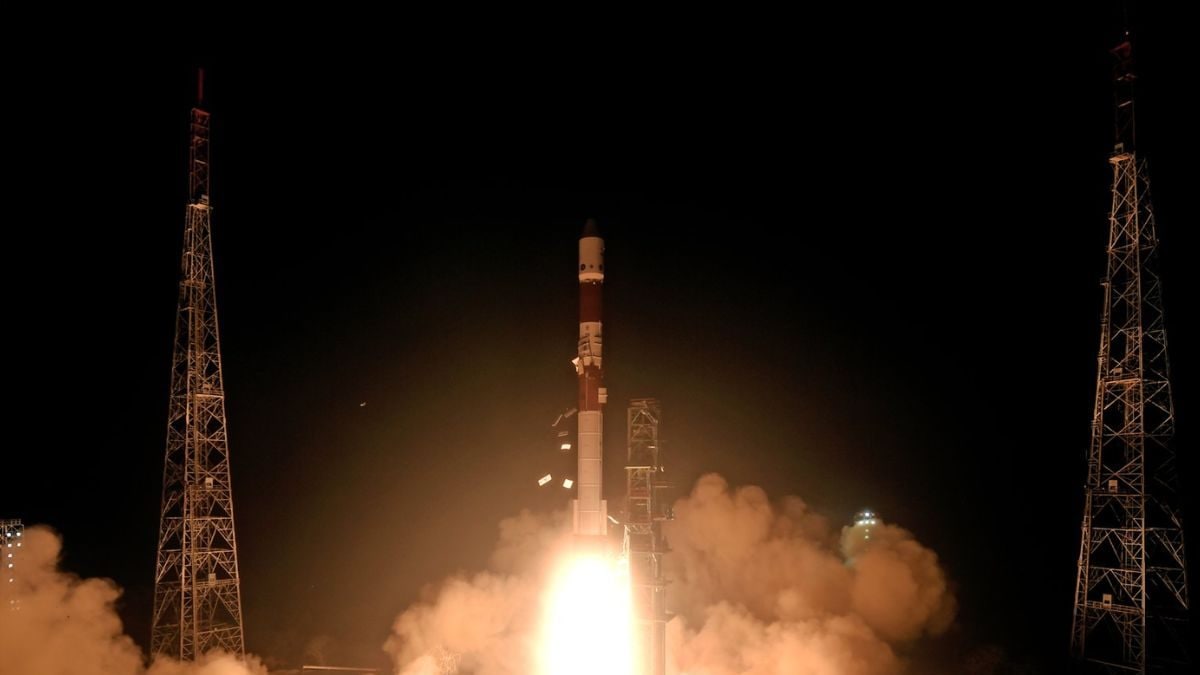 |
|
India stands on the precipice of a new era in space exploration. The successful launch of the SpaDEx mission by the Indian Space Research Organisation (ISRO) marks a pivotal moment, signifying the nation's ambition to achieve mastery in space docking – a technological feat previously monopolized by a select few global players. This achievement isn't merely about scientific advancement; it's a profound statement of India's growing strategic autonomy in the global space arena. For decades, space docking – the intricate process of connecting two spacecraft in orbit – has been a domain dominated by the US, Russia, and China. These nations leveraged this technology to construct space stations and undertake ambitious deep space missions, creating a perception of an exclusive club of spacefaring nations. India, however, has steadily challenged this notion, consistently pushing the boundaries of its space program and demonstrating its burgeoning capabilities. The SpaDEx mission, launched with the powerful PSLV-C60 rocket, is the culmination of years of dedicated research, development, and unwavering commitment to achieving technological self-reliance. It represents a significant shift in India's space exploration strategy, moving from simply launching satellites to executing complex orbital maneuvers that lay the foundation for a wider range of future missions.
The SpaDEx mission itself involves two satellites, SDX01 (the Chaser) and SDX02 (the Target), each weighing approximately 220 kg and orbiting at a staggering 28,800 km/h. The complexity of the docking maneuver is astounding; the satellites must carefully adjust their relative speeds to a mere 0.036 km/h for a successful connection. This precision, comparable to threading a needle while running a marathon, underscores the remarkable engineering prowess and meticulous planning involved. The success of this docking maneuver, utilizing the indigenously developed ‘Bharatiya Docking System’, will significantly reduce India's reliance on foreign expertise and technology, thereby bolstering its independence in space exploration. The mission is not just a technological achievement; it's a statement of India's capabilities and its determination to become a key player in the global space race. The precision needed is a testament to the skills and dedication of ISRO's scientists and engineers, showcasing the significant strides made in India's space technology in recent years.
The implications of mastering space docking for India's future space endeavors are vast and far-reaching. It opens doors to a multitude of ambitious missions, previously considered beyond reach. The immediate impact will be felt on the Gaganyaan mission, India's ambitious human spaceflight program. Docking capabilities are essential for potential rescue operations, rendezvous with other spacecraft, and even for the future construction of an Indian space station. The technology will be crucial for the planned Chandrayaan-4 lunar mission, potentially enabling the retrieval of lunar samples. Furthermore, the ability to dock spacecraft enables satellite servicing missions, allowing for repairs, refueling, and upgrades of satellites in orbit, extending their operational lifespan and reducing the need for frequent and costly replacements. This capability extends the life of already deployed assets and reduces the frequency of new launches.
The long-term vision involves the construction of an independent Indian space station, a project that becomes significantly more feasible with the successful demonstration of docking technology. Building a space station is a modular process, requiring the precise docking of multiple modules to assemble the complete structure. India aims to have the first module of its space station in orbit by 2028, with the full station operational by 2035. The SpaDEx mission serves as a critical stepping stone towards this ambitious goal. Beyond Earth orbit, space docking will play a vital role in future interplanetary missions, enabling crew transfers or resource exchanges between spacecraft during long voyages to other celestial bodies. The development of this technology lays the groundwork for participation in international collaborations and enables the creation of an entire ecosystem of future space activities, from scientific research to commercial ventures.
The successful docking maneuver, expected in the first week of January 2025, will be closely watched by the nation. The meticulous choreography required for the Chaser satellite to approach the Target, gradually reducing the distance from 20 kilometers to just 3 meters, exemplifies the ingenuity and dedication of Indian space scientists. The achievement will be not only a technological triumph but a powerful symbol of India's growing capabilities in space exploration, solidifying its position as a major player on the world stage. The culmination of years of planning and development is about to reach its zenith, marking a significant milestone not only for India's space program but for its standing on the global stage. The successful completion of the SpaDEx mission will represent a giant leap forward, opening new horizons for India's ambitions in the vast expanse of space, and securing its place amongst the most capable spacefaring nations in the world. It is a testament to the nation's commitment to scientific progress and its drive to push the boundaries of human exploration.
Source: Space Docking: A Critical Capability For India's Future Space Ambitions
